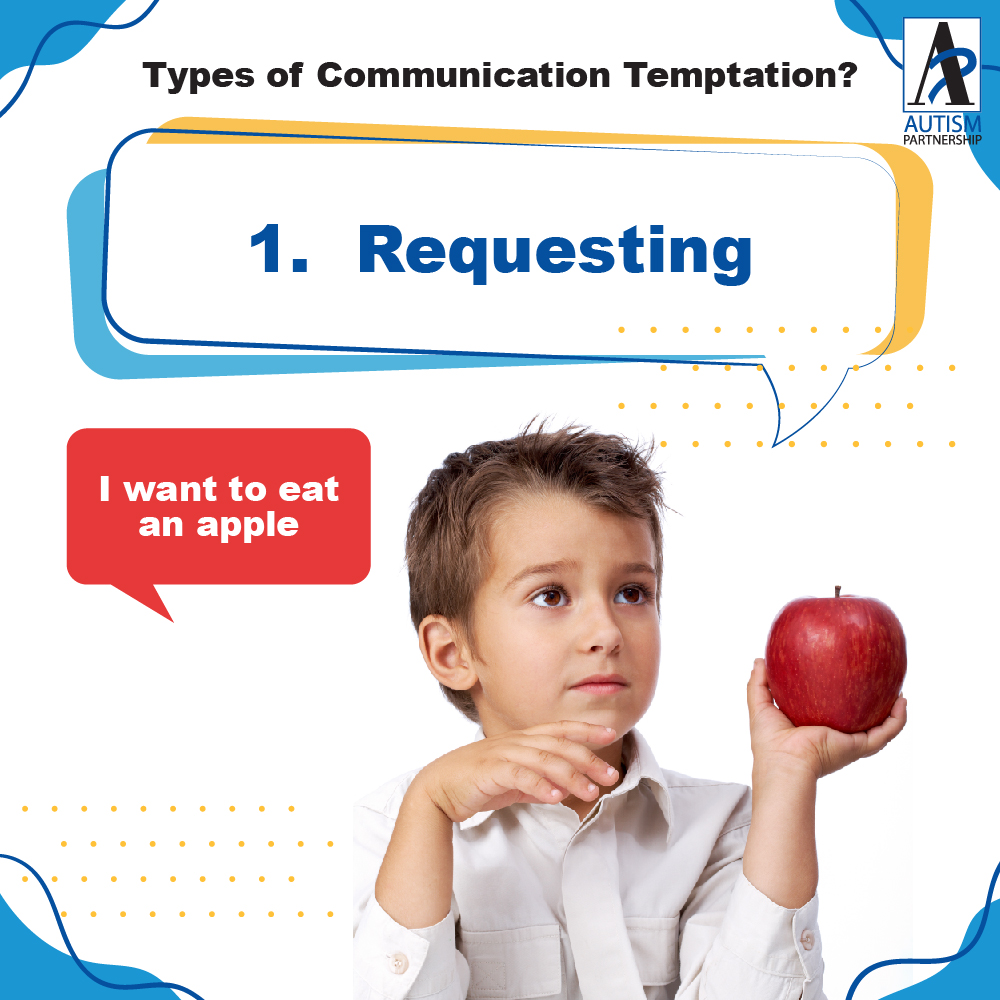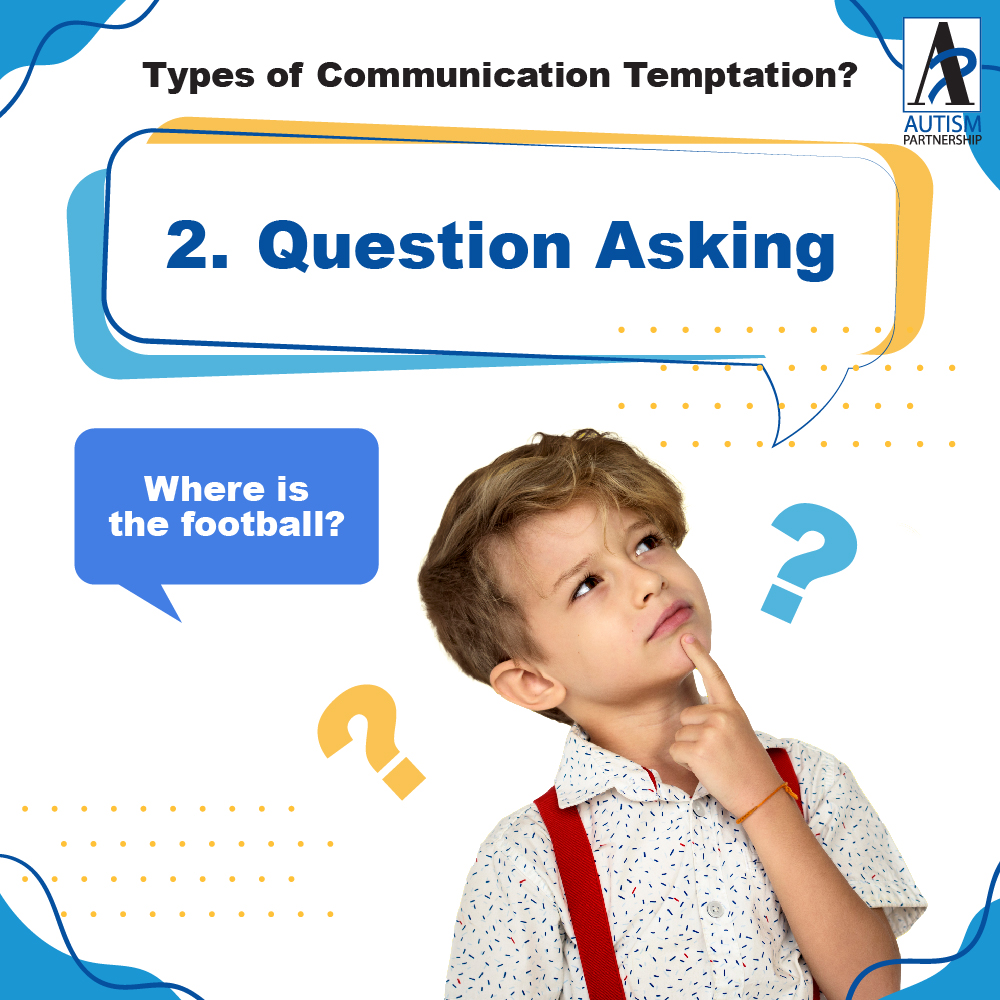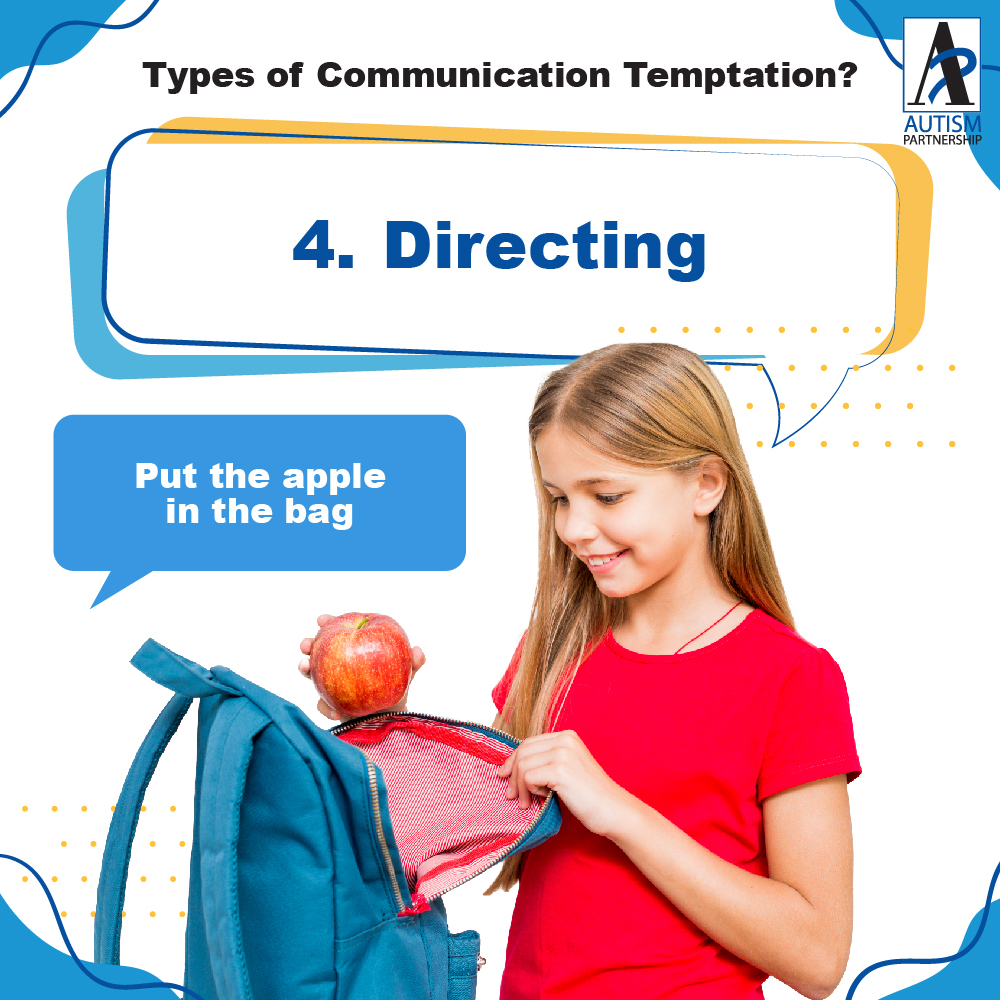
Children with Autism Spectrum Disorder (ASD) often have deficits in communication. Being able to communicate will help reduce confusion and frustration and at the same time be able to connect with others. That’s why it is also important for our children to learn the right skills and set up opportunities to encourage spontaneous communication.
Spontaneous communication is when communication is initiated voluntarily and is not a form of response. Some children may be non-verbal, while some can be verbal but have trouble speaking spontaneously. These children may have an extensive vocabulary and may be able to speak and respond to questions but face challenges in communicating spontaneously. They may not ask questions or make comments on their own, and may also have difficulties using language effectively or appropriately.
Teaching children with autism to communicate spontaneously is a great way to increase their desire to talk and help them express their needs more effectively, and at the same time decrease their frustration. Most parents may feel stressed when faced with this challenge. To help your child to speak spontaneously, you will have to create opportunities for your child to initiate communication, using a technique called ‘Communication Temptations’.
Communication Temptation is simply setting up opportunities to tempt our children to speak. A child is much more likely to communicate if they are motivated. As described by Wetherby & Prizant (1989), “communication temptations are used to increase a student’s desire to communicate, and make communication fun”. It also teaches the child the power of language which helps the child initiate communication more readily. This will also help reduce frustrations and encourage more appropriate communication as well.
There are a variety of communication temptations to explore. Some basic ones include:





Every little life is a special present for a family. From the time a baby is born, parents journey through lots of highs and lows, wishing for their child to grow up with a big smile, make great friends, find their own way in a job they love, and create a happy family. However, for […]

Parenthood is a journey filled with unexpected twists and turns, challenges, and moments of profound joy. For Adam’s father, the discovery that his son, Adam, was on the autism spectrum marked the beginning of a unique chapter in their lives. This is the story of a father’s realization, acceptance, and the unconditional love and strength […]

Autism Spectrum disorder can be diagnosed as early as 18 months. Research shows strong evidence on how effective Applied Behavior Analysis (ABA) can help children with Autism. It helps to deal with children’s challenging behaviors such as inattention, aggression, self-stimulation, etc. Howard, et al (2005) conducted a study to compare the effectiveness of 3 treatment […]
Please share to let more people learn about ASD and ABA therapy:
AP holds the belief that with quality Autism Partnership Method (APM) treatment, individuals with autism should reach their fullest potential and achieve the greatest degree of independence and highest quality of life possible.

Sign up now to get ABA and Autism related news delivered to your inbox. Enter your email to get started
Hong Kong Center
Kowloon Center

All information received will always remain confidential. We will contact you as soon as we review your message. Thanks